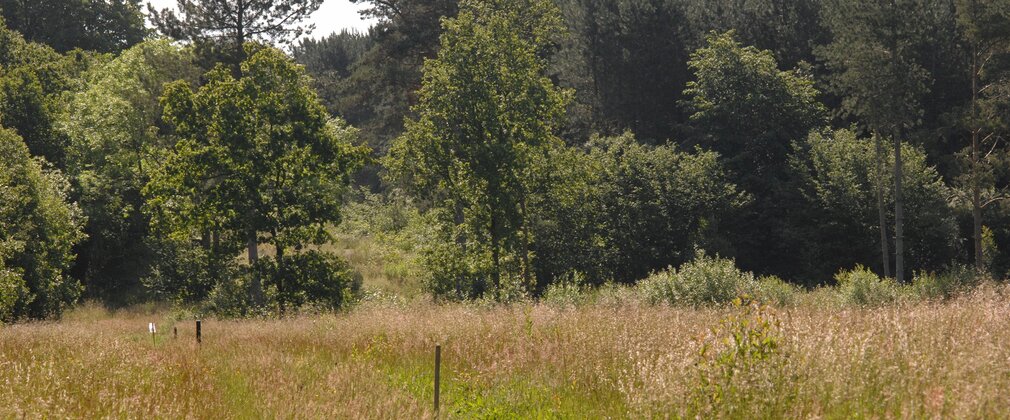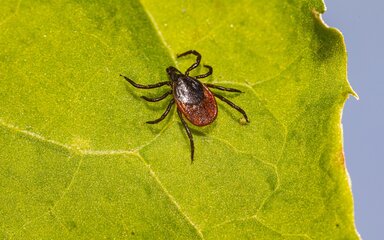
Ticks are small, spiderlike creatures that can be found in woods, forests and areas with long grasses and vegetation. Ticks in England can carry bacteria and other micro-organisms that can cause infections in both animals and humans, including Lyme disease, so it's important to minimise the risk of being bitten. Ticks are usually most active between April and November, but they can be present all year round.

Tips to stay safe from ticks and avoid tick bites
- Walk on clearly defined paths and avoid long grass, dense vegetation and damp areas.
- Wear sensible outdoor clothing, preferably light-coloured so that ticks are easier to spot.
- Cover up and use suitable insect repellents on areas of skin that remain exposed.
- Thoroughly check yourself, children and pets after being outdoors in woods, forests or areas with long grass. Tick bites may not hurt and you don't always know that you've been bitten.
- If you do get bitten, remove the tick safely and clean the bite area as soon as possible. Contact your GP if you develop a bulls eye rash and/or associated signs and symptoms.
Useful resources on tick safety
- Read the 'be tick aware' guidance leaflet from the UK Health and Security Agency (UKHSA).
- Watch a tick awareness video, also from the UKHSA.
- Read information on Lyme disease from the NHS.




